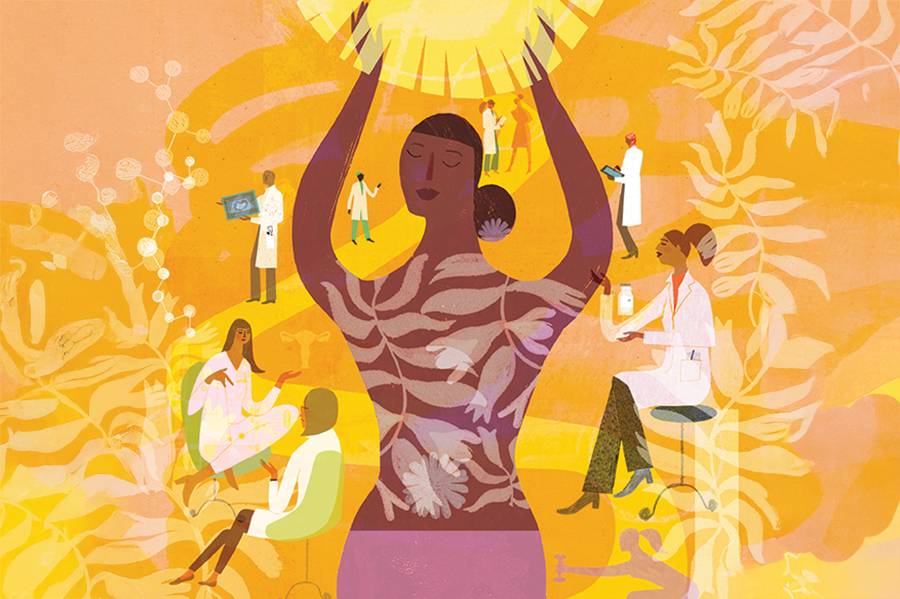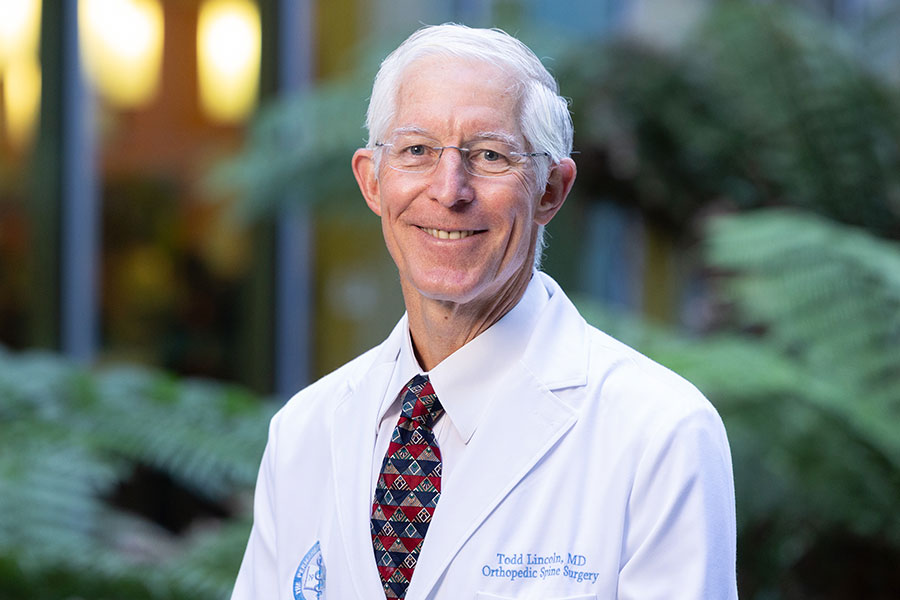NBCnews.com-January 7, 2018
More than 250 million opioid pain killer prescriptions are written per year, on average — enough to give every American their own bottle of pills.
Marti Krow-Lucal, 67, was one of the estimated 2 million Americans addicted to or abusing opioids. She desperately wanted to get off methadone. She had been prescribed the medications to manage pain after developing neuropathy — a condition where damaged nerves cause weakness, numbness and pain in the hands and feet — as a side effect of chemotherapy. A year later she started experiencing debilitating nausea symptoms and contemplated hospice care for the first time.
“I tried to quit by myself. After a day and a half, I was in withdrawal, nose running, in pain, I couldn’t do it alone,” said Krow-Lucal.
Highly addictive medicines like opioids, incorrectly marketed as the most effective method for treating pain, have been liberally prescribed by doctors for decades, leading to the most fatal drug crisis on record in United States history. Opioids are a vital treatment for a few, but for the vast majority of users, long-term opioid use does not reduce their pain — and can even make it worse.
That was Krow-Lucal’s experience until she met Kelly Gerughty, 40, who had also struggled with opioids — and had found a way out.”I said, is it possible to get off them? And she said, well I did. Hearing someone say yes, I did it, was so encouraging,” said Krow-Lucal.
Krow-Lucal and Gerughty both got help at an experimental “de-prescribing” clinic in Santa Clara, California, where patients are weened off addictive medications and learn how to cope with their chronic pain.
Doctors at Pain Management Rehabilitation, a pilot program at Kaiser Permanente Medical Center, work with patients to gradually stop taking addictive medications, while also incorporating supplementary techniques to help cope with their pain like meditation, physical therapy, pool therapy, and even walking as a group.
“A lot of those can be used in place of opioids with even better coverage for pain,” said Gerughty. “They hook you up with classes that you can attend with other members, so the fellowship is there, which I think is the most important thing for me because when you know that someone cares that spurred me on, that encouraged me.
The goal of the chronic pain program is not to eliminate pain but to help patients manage it.
“It’s about addressing how folks work with that pain and giving them the tools to own that pain so they’re able to control it,” said Dr. Benjamin Mandac, chief of the physical medicine and rehabilitation program at Kaiser Santa Clara. “We actually have families that actually tell us thank you for giving us back our grandfather. Thank you for giving us back our mother because they are so very different after they’re off the opioids.”
The key to the program is creating a sense of community and taking a multidisciplinary approach.
“We take a no-blame approach,” said Dr. Sameer Awsare, internist and Associate Executive Director of The Permanente Medical Group. “We acknowledge that there are appropriate indications and if you are going to do it, do it safely, monitor the patients, and on patients who are high risk or high doses or combination medications, let’s see what we can do for them.
Kaiser Permanente has created a credible, low-cost process for assessing, tapering, and stopping medications that may cause harm or no longer benefit patients. The intervention program is showing signs of success: emergency room visits for participants are down 80 percent and primary care visits are down 20 percent as patients learn to deal with pain without drugs.
The program includes physician education on the benefits of de-prescribing, as well as over-prescribing notifications in the electronic medical recording system.
Both Krow-Lucal and Gerughty are now opioid free.
“I’m enjoying life versus struggling to survive,” says Gerughty.”It’s opened up the possibilities of many things that I did before that I was convinced that I’d never do again,” Krow-Lucal added.
This article originally appeared on NBCnews.com. See related NBC news video here.






